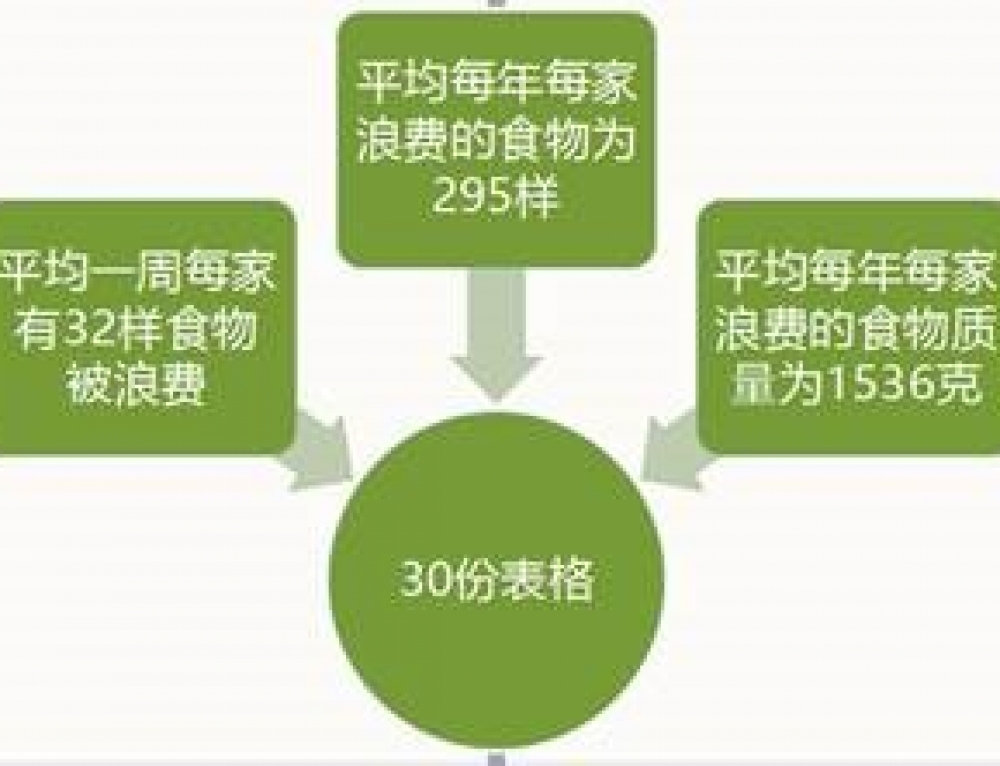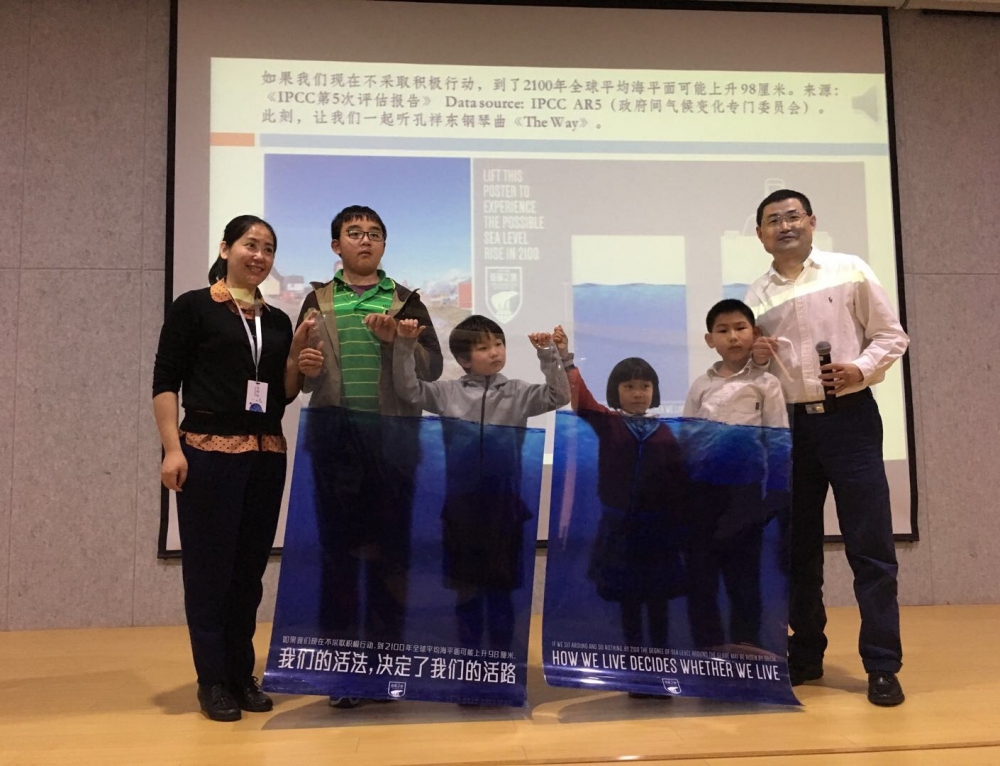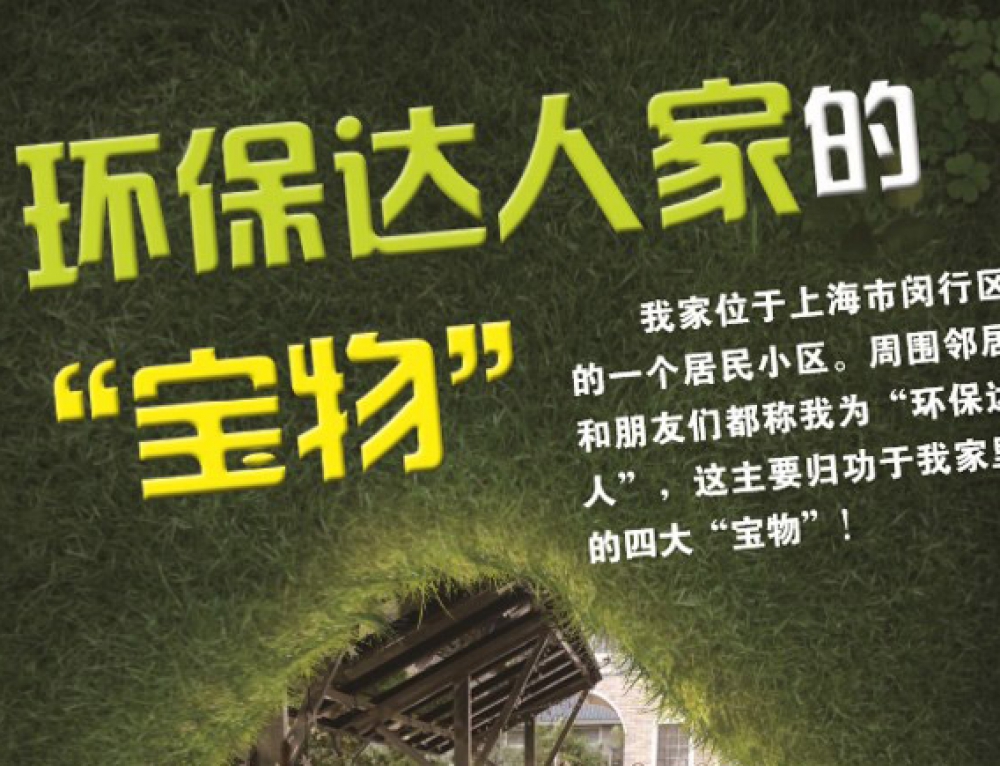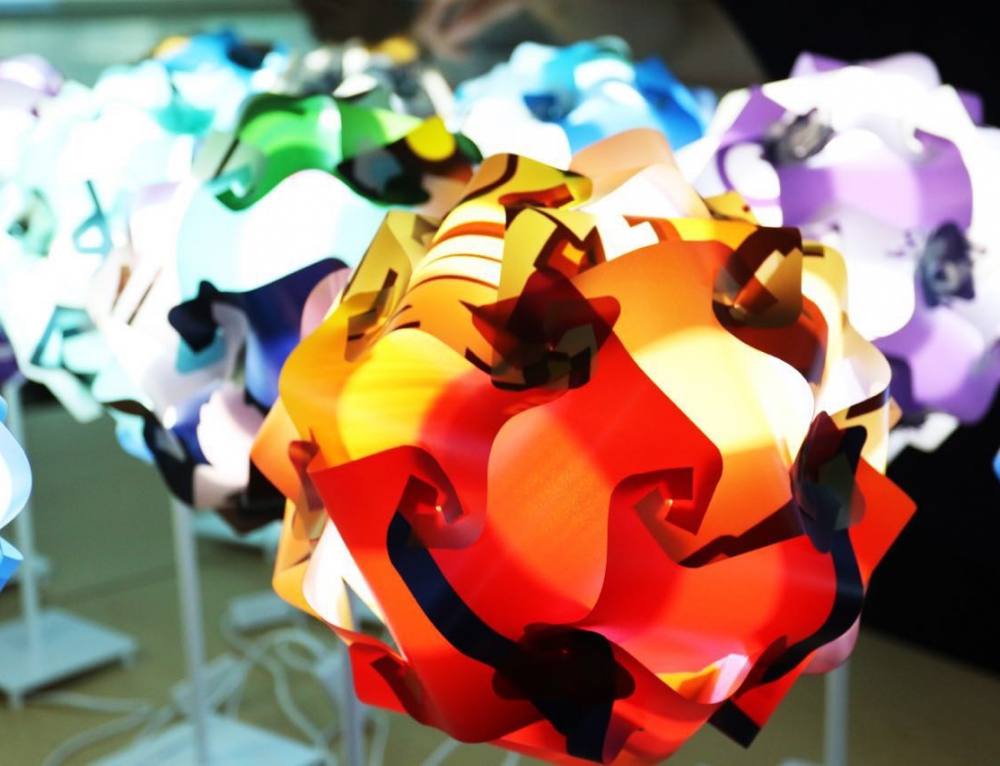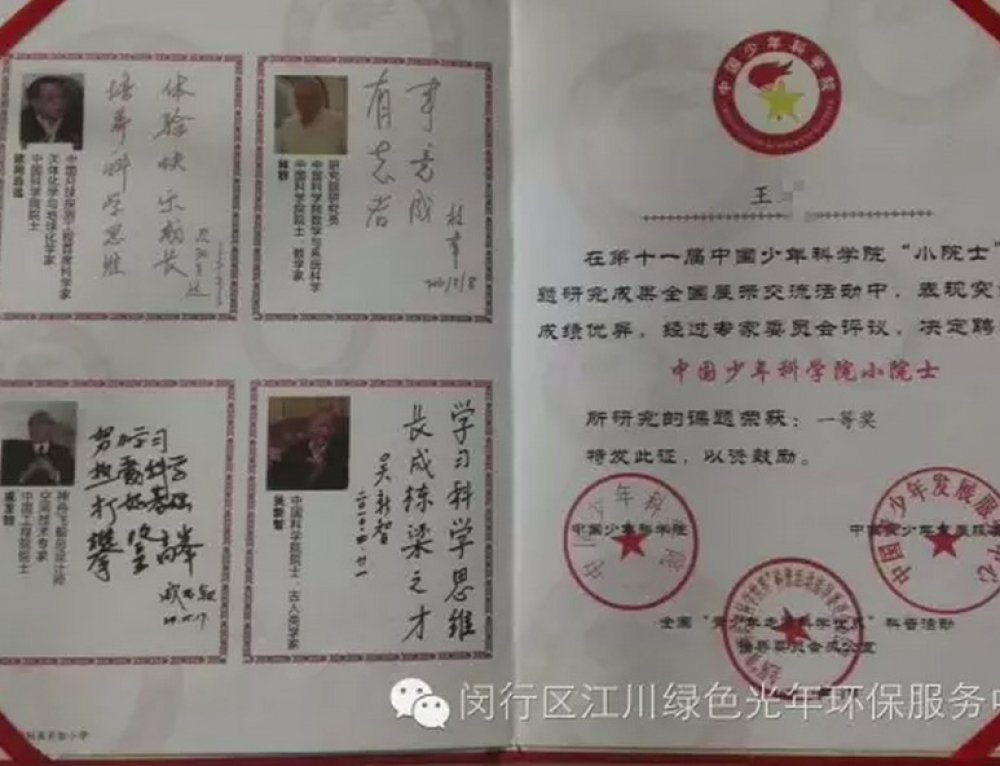Project Description
With the professors who were used to being buried in university labs, Green-Light Year disseminate the scientific knowledge of artificial intelligence and electric formulas and gives everyone chances to get close to AlphaGo, as well as debate whether the electric car concerned by the public is environmentally friendly. .
Experts who will hold lectures including:
Ⅰ Kaipu Yin
Kaipu Yin, who was born in 1943, is currently a researcher at the Chengdu Institute of Biology, of Chinese Academy of Sciences and a member of the Sichuan Provincial Decision-making Advisory Committee. He has long been working in Sichuan, a western province of China, who has a wide range of interests, loving nature, caring for animals, advocating the use of natural resources in a moderated way, and is committed to the protection of biodiversity and traditional culture in ethnic minority areas. In the 1970s, he was one of the earliest scholars who proposed to protect the ecology of Jiuzhaigou. In 2002, his proposal of “Building a Living Pathway for the Giant Panda” was proposed and implemented by the government. After the Wenchuan Earthquake in Sichuan in 2008, his proposal of “attaching more importance to the protection of habitats of the giant pandas after the disaster” was put forward and aroused concerns of the central government.
In 1997, Kaipu Yin who was nearly 60 years old saw A Naturalist in Western China that had just been published in the UK, which collected some of the old photographs Wilson had taken in western China more than 100 years ago. He found that most of the places he had gone were both familiar and unfamiliar to him.
Kapu Yin began to retake photos of those original sites, on the one hand to capture the vicissitudes of time and space in a hundred years, on the other hand, as a new research method, to compare photographs taken in the same place at different times. Kaipu Yin traveled to Hubei and Chongqing four times and entered more than a dozen times into the western plateau of Sichuan Province, finding more than 250 sites and photographing them, thus, writing a book called Retrace—A Testimony to the Environmental Changes in Western China.
Unlike many old photo books, Retrace is a very rigorous monograph of science that consists of a large number of animal and plant proper nouns and ancient and modern toponym. Comparing new photos with old ones, the subtle changes in time and space over 100 years are surprising. Figuring out the interactions between environment, history, natural sciences & social sciences, changes in ecological environment & biodiversity, and social development & natural catastrophes are huge challenges to the author.
Therefore, Professor Peter Raven, a foreign academician of the Chinese Academy of Sciences and a member of the American Academy of Sciences, commented, “The comparison of the images before and after the 100 years is extremely precious, which has wonderfully recorded the changes and stability in the 100-year time and space of Chinese beautifully remote regions.”
The background stories of writing Retrace was made into Chinese Wilson by the CCTV documentary channel and was first broadcast in CCTV in April 2016:
http://tv.cctv.com/2016/05/09/VIDETno6PYkOYdxG35g6iCIY160509.shtml (Play URL)
Ⅱ Yongchen Wang
Yongchen Wang was born in 1954, who is a reporter of the CCTV and a convener of the “Green Earth Volunteers “, a non-governmental environmental protection organization. His radio program A Special Concert produced in 1993 won the Asia Pacific Radio Program Award, and This is Also a Hope Project produced in 1995 won the first prize of China Environment News. A radio program The Chinese Zijinshan Astronomical Observatory produced by him in 1996 won the first prize of the China News Award and the radio program produced in 1999, Going to the Lost Glacier – Letters from the Source of the Yangtze River, won the Asian Pacific Broadcasting Award. Hundreds of Old People and Her Ferry produced in 2001 was once again awarded the Asian Pacific Radio Awards.
In 1999, she won the Chinese Earth Award and donated RMB 20,000 prize money to China Environmental Protection Foundation, establishing the “Green Earth Education Fund”.
In 2000, she was named as Environmental Envoy by Chinese Environmental Protection Administration.
In 2001, she was awarded the Outstanding Environmental Protection Contribution Award by Chinese Environmental Protection Administration.
In 2004, she won 2004 World Environment Man Award of the Conde Nast Traveler (a travel magazine), and donated 20,000 U.S. dollars to schools along the Nu Chiang to establish libraries and alleviate ecological poverty.
In 2007, she was elected 2007 Green China Person of the Year by the seven ministries and commissions of the NPC, Chinese Environmental Protection Administration and the Central Propaganda Department.
In September 2008, she was elected as 2008 Hero of the Environment of TIME.
In December 2008, she won People.cn’s “Environmental Contributor for 30 Years of Reform and Opening-Up”
The “10-year journey to rivers” project initiated by Mrs. Wang is a 10-year plan that aims to focus on and supervise hydropower development in western China. Each year, about 10 to 20 reporters are organized to visit the Min River, Dadu River, Yalong River in Sichuan, Jinsha River, Lantsang, and Nu Chiang in Yunnan, and come back to objectively record and report the changes there. Ten years after the implementation of the project, it has had an increasingly significant impact, playing a positive role in expanding citizens’ right of being informed of public environmental events and their rights to participate in public policies.
Suggestion:
1. Photography Exhibition of “10-year journey to rivers ” can be jointly held with Green Home
2. The documentary showing of “10-year journey to rivers” can be held jointly with reading conference.
We can hold a signing meeting and a charity to sale Mrs.Wang’s books for donations to the “10-year journey to rivers” project.
Ⅲ Dong Geng
Dong Geng is an officer of Shanshui Conservation Centre, a director of wildlife conservation documentaries, a nature photographer and a writer related to some Nature and Geography magazines.
Since 2002, he has photographed Chinese wild animals. In 2004, he focused on the biodiversity of the mountains in southwest China and participated in field investigations of many national nature reserves in Sichuan Province to promote the comprehension of national resources. He was also the leader for shooting promotional pictures & videos as well as joined in Swedish environmental education project “Pride”, filming and producing Jiuzhaigou Tour Guide for Birdwatching for the world’s key collaborative fund. In 2005, he got UN Environment Education Agency’s full scholarship to India for studying “Sustainable Development and Environmental Education”. In 2006, He participated in Yang Yong’s field survey “Independent Survey of West Line Project of the South-to-North Water Diversion Project”. In 2008, he worked as a consultant for the international conservation project “Kung Fu Panda” to photograph wild giant pandas and produced the documentary The Eyes of the Jungle. In 2009, he joined the Shanshui Conservation Center and was charge of propagating the organization. More than 30 articles have been published in the domestic journals related to natural geography, one of which called ” the Birdwatching Lama of Nianbao Yuze” published in April 2010 won Best Character Report Award of 2011 Best Environmental Report organized by Chinadialogue, the British Guardian and Sina Environmental Protection.

